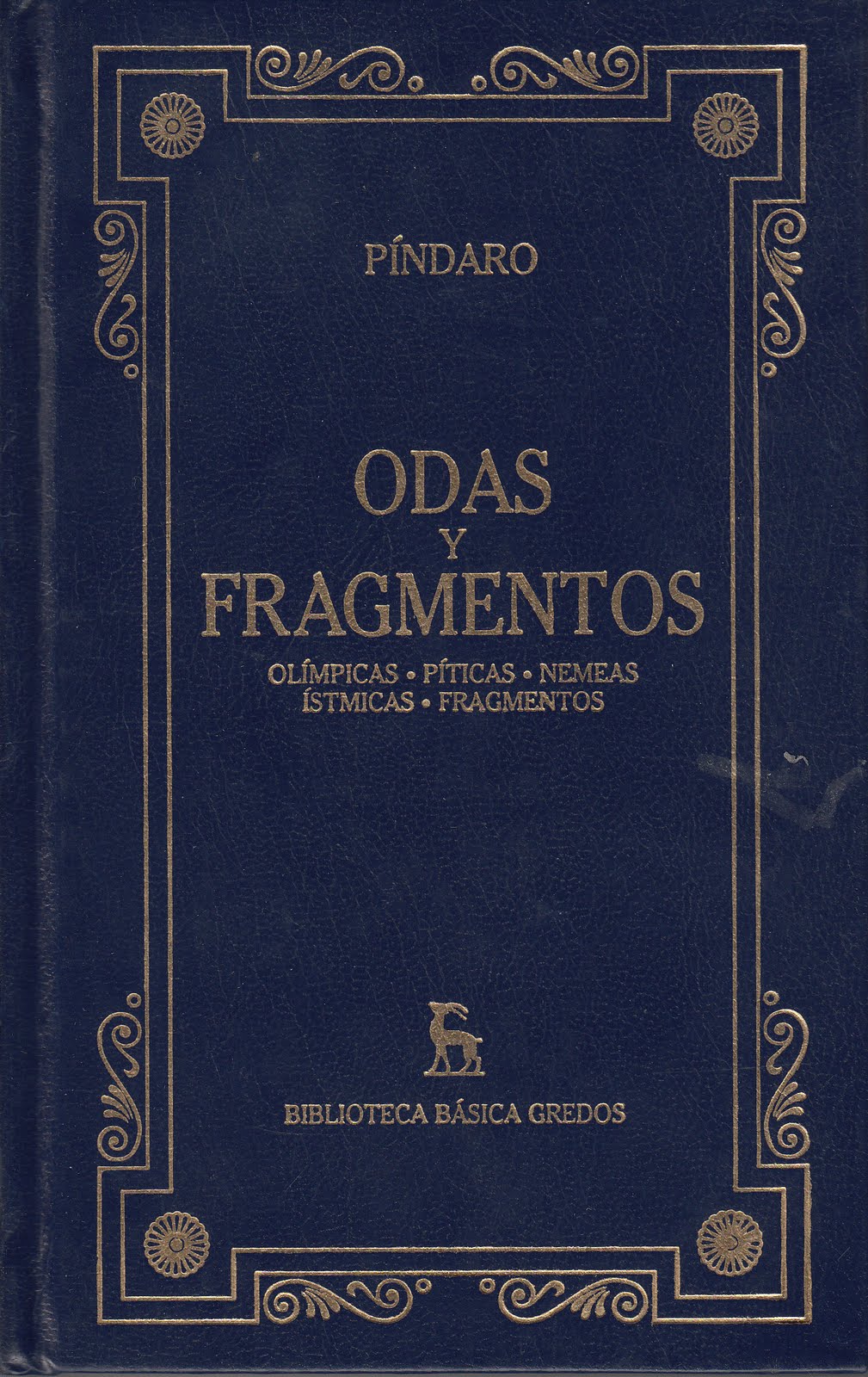Understanding Odas: A Comprehensive Guide
Odas have become a significant part of modern poetry and literature, captivating readers with their emotional depth and lyrical beauty. In this article, we will delve into the world of odas, exploring their definition, historical background, key characteristics, and the impact they have on literature. Whether you are a student, a literature enthusiast, or simply curious about poetry, this guide aims to provide you with a thorough understanding of odas.
Throughout history, odas have been used to express admiration, praise, or reflection on various subjects, from nature to human experiences. By examining famous examples and notable poets who have mastered the form, we can appreciate the artistry involved in crafting these lyrical compositions. Additionally, we will discuss how odas have evolved over time and their relevance in contemporary literature.
This comprehensive guide will not only enhance your knowledge of odas but also inspire you to explore your own creative expression through poetry. Let's embark on this literary journey and uncover the essence of odas in the world of poetry.
Table of Contents
- 1. What is an Ode?
- 2. History of Odas
- 3. Key Characteristics of Odas
- 4. Famous Poets and Their Odas
- 5. Different Types of Odas
- 6. Tips for Writing an Ode
- 7. Modern Interpretations of Odas
- 8. Conclusion
1. What is an Ode?
An ode is a type of lyrical poem that expresses deep feelings of appreciation or celebration towards a particular subject. Traditionally, odas are characterized by their formal structure, elevated language, and a tone of reverence. Unlike other types of poetry, odas are often written to honor a person, place, event, or concept, making them unique in their purpose and expression.
1.1. The Purpose of Odas
The primary purpose of an ode is to convey admiration, praise, or reflection. Poets often use odas to explore profound themes, such as love, nature, beauty, and the human condition. The emotional intensity of an ode allows readers to connect with the subject matter on a deeper level.
2. History of Odas
The origins of odas can be traced back to ancient Greece, where they were performed as musical compositions accompanied by instruments. The word "ode" is derived from the Greek word "ōdē," which means "song." In ancient times, odas were often dedicated to gods, heroes, or significant events, reflecting the cultural values and beliefs of society.
2.1. Evolution of Odas Through the Ages
As poetry evolved, so did the form and structure of odas. During the Renaissance period, poets like John Milton and John Keats contributed to the development of the ode, incorporating elements of personal reflection and emotional depth. The Romantic era further expanded the scope of odas, allowing poets to explore individual experiences and feelings.
3. Key Characteristics of Odas
Understanding the characteristics of odas is essential for both reading and writing them effectively. Here are some key features that define the ode:
- Structure: Odas often follow a specific structure, which may include stanzas of varying lengths and rhyme schemes.
- Elevated Language: Poets use formal and sophisticated language to convey their emotions and thoughts.
- Emotionally Charged: Odas are highly emotional and aim to evoke feelings of admiration or reflection in the reader.
- Subject Focus: Each ode typically centers around a specific subject, whether it be a person, object, or abstract concept.
4. Famous Poets and Their Odas
Throughout history, many poets have excelled in writing odas, leaving a lasting impact on literature. Here are some notable poets and their famous odas:
- John Keats: "Ode to a Nightingale" explores themes of mortality and beauty.
- Pablo Neruda: "Ode to a Large Tuna in the Market" celebrates the beauty of everyday objects.
- William Wordsworth: "Ode: Intimations of Immortality" reflects on childhood and the passage of time.
5. Different Types of Odas
Odas can be classified into several types based on their structure and themes. Here are some common types:
- Pindaric Ode: Named after the ancient Greek poet Pindar, this type follows a strict structure with a strophe, antistrophe, and epode.
- Horatian Ode: This type is more personal and reflective, often written in uniform stanzas.
- Irregular Ode: As the name suggests, this type does not adhere to a specific structure, allowing for creative freedom.
6. Tips for Writing an Ode
If you're inspired to write your own ode, here are some helpful tips:
- Choose a Subject: Select something or someone you admire or feel passionate about.
- Use Elevated Language: Incorporate formal and poetic language to convey your emotions.
- Experiment with Structure: Decide whether you want to follow a specific structure or create your own.
- Evoke Emotion: Aim to connect with your reader emotionally through vivid imagery and heartfelt expression.
7. Modern Interpretations of Odas
In contemporary literature, odas have taken on new forms and themes, reflecting the changing landscape of poetry. Modern poets often experiment with language, structure, and subject matter, making odas more accessible to a broader audience. This evolution allows for a diverse range of voices and experiences to be celebrated through the ode form.
8. Conclusion
In conclusion, odas are a powerful form of poetry that allows writers to express admiration, reflection, and deep emotions. By understanding their history, characteristics, and notable examples, readers can appreciate the beauty and artistry involved in crafting an ode. We encourage you to explore writing your own ode and share your experiences in the comments below. Your journey into the world of poetry awaits!
Thank you for reading this comprehensive guide on odas. We invite you to explore more articles on poetry and literature, and we hope to see you back here soon!
Understanding The Woof: A Deep Dive Into Canine Communication
How Many Episodes In Season 4 Of Attack On Titan Part Two?
Chiefs Vs Dolphins Score: A Comprehensive Analysis Of The Game


